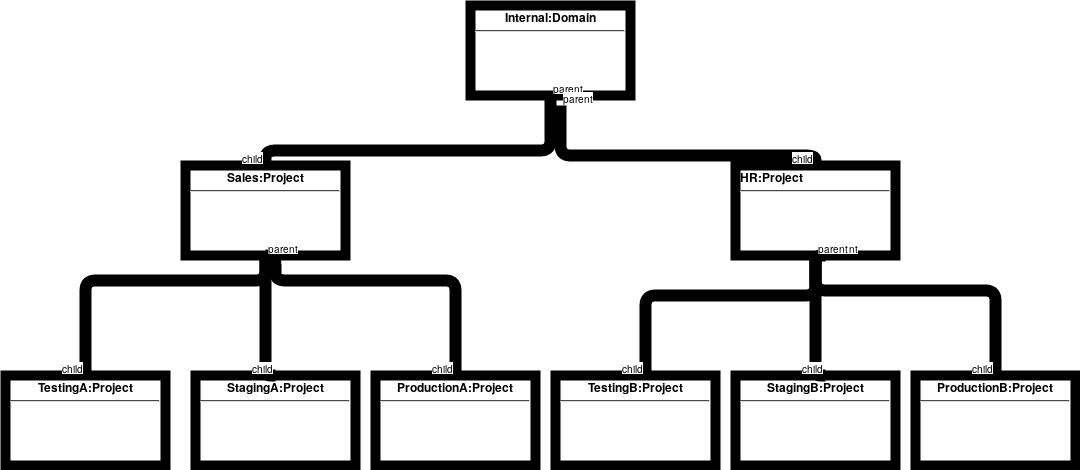Bug 968696
The word Admin is used all over the place. To administer was originally something servants did to their masters. In one of the greater inversions of linguistic history, we now use Admin as a way to indicate authority. In OpenStack, the admin role is used for almost all operations that are reserved for someone with a higher level of authority. These actions are not expected to be performed by people with the plebean Member role.

